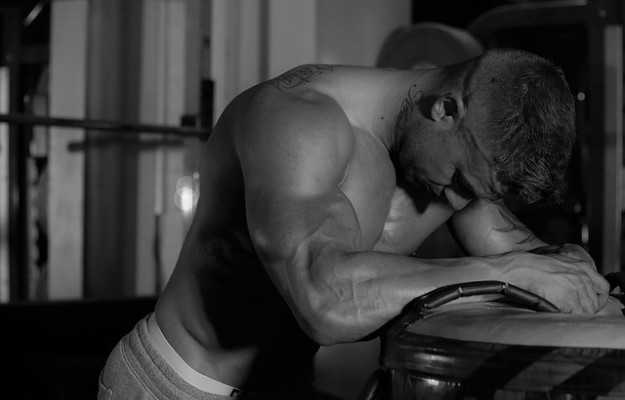Workout injuries are injuries sustained while playing a sport or during exercise. Whether you’re an elite-level athlete, a fitness enthusiast or sporadically turn up at the gym, your risk of suffering an injury is never zero.
And whether you split your time at the gym doing isolated exercises for your arms, shoulders, back and legs, or do intense, full-body workouts, or perform set workouts like crossfit, you can still suffer an injury if you lose focus or overstrain yourself, especially after a hectic day at work.
A proper warm-up and stretching exercises can reduce your risk of suffering an injury. Additionally, good nutrition and resting your muscles adequately in-between workouts can help you to avoid injuries.
While running injuries usually affect the lower section of the body - mostly the legs - workout injuries can affect an individual anywhere in the body - most notoriously at the joints in the arms and legs. Repetitive movements of the joints can make you even more prone to injury.
Workout injuries can take several days - sometimes weeks - of recovery time. Some injuries, on the other hand, linger for a while before becoming worse.
Read more: The importance of stretching in a workout

 Doctors for Workout injuries
Doctors for Workout injuries 















































